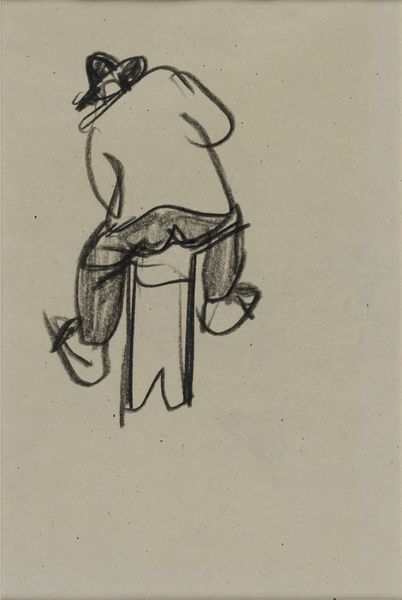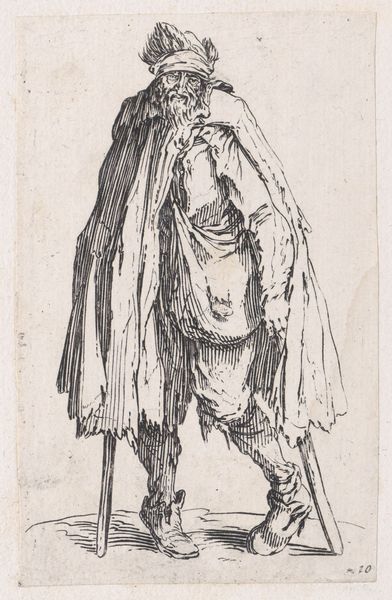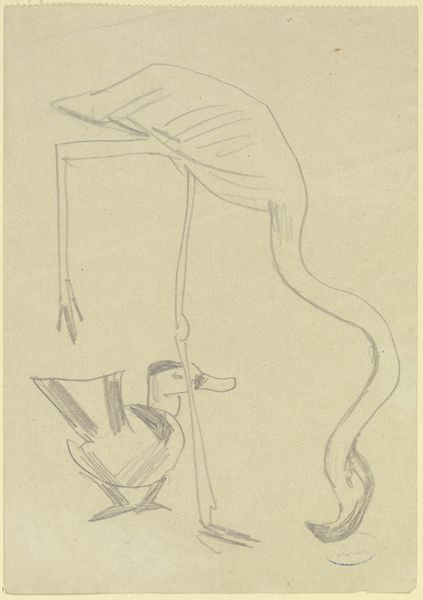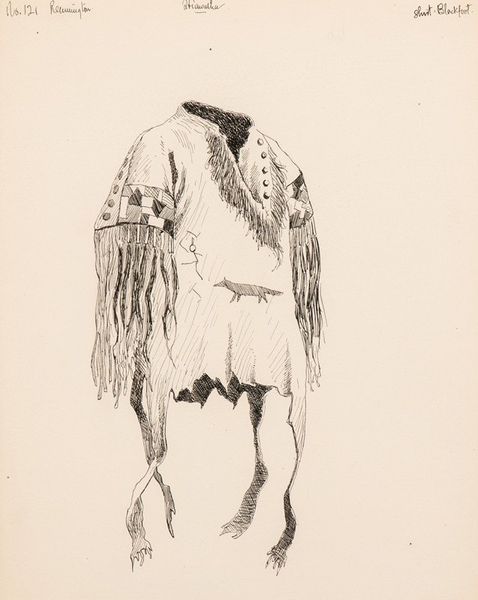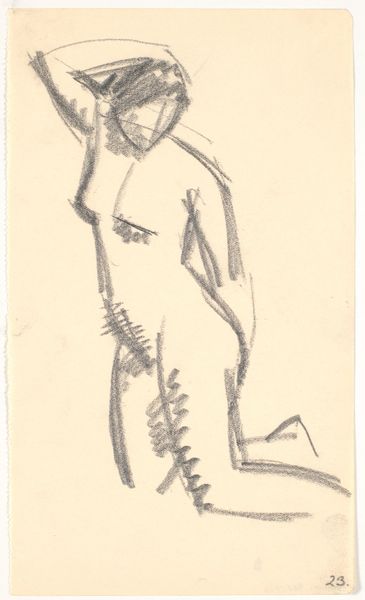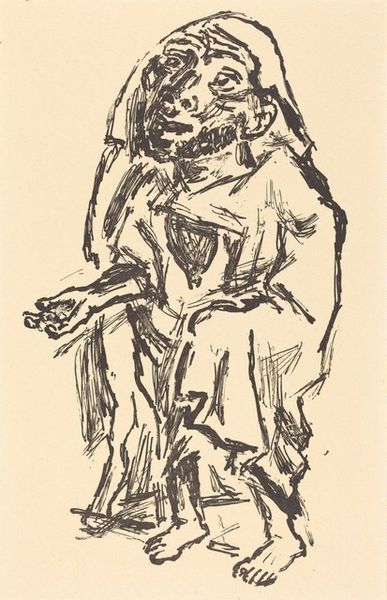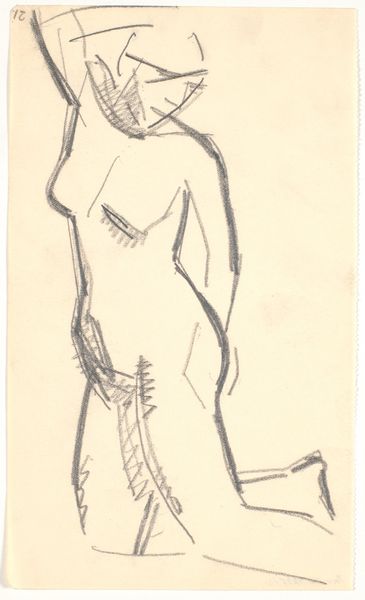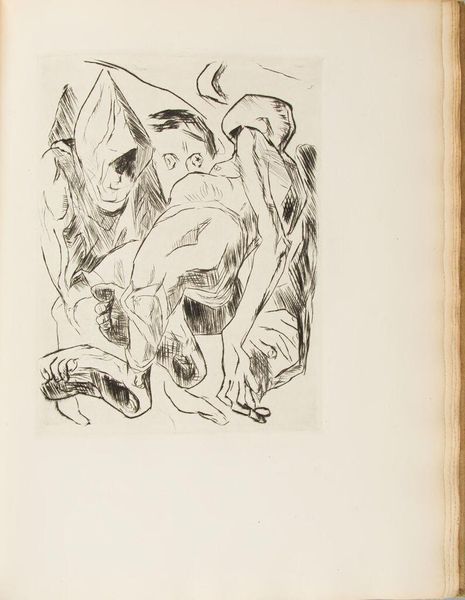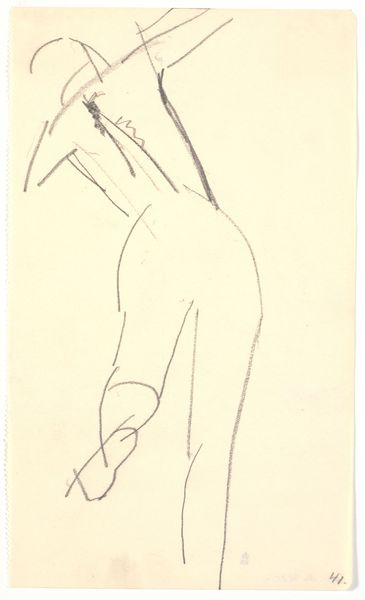
drawing, print, linocut, woodcut
#
drawing
# print
#
linocut
#
caricature
#
figuration
#
geometric
#
woodcut
#
line
Copyright: National Gallery of Art: CC0 1.0
Curator: Before us, we have Simone Titone's "L'Entrada," created in 1955. It’s a striking linocut, a relief print that captures the essence of the subject. Editor: My first impression is one of power, but also awkwardness. The bull fills the frame, almost a caricature, yet there's something imposing about it despite its ungainly legs. Curator: Ungainly? I see those geometric legs as a crucial element, establishing a grounded, almost architectural stability beneath the massive form of the bull’s body. Consider how the strong lines, starkly contrasting black on white, create a dramatic visual tension. Editor: Perhaps. But culturally, bulls are so loaded. In mythology, think of the Minotaur, or even Wall Street, representing bullish markets. Here, that iconic power is tempered by those strangely delicate legs; there is something inherently unstable in this tension. The long horns feel more menacing, more aggressive, like something elemental is being suggested by their sweep and curve. Curator: Indeed, Titone's choice of linocut emphasizes the formal qualities, enhancing the drama through simplified shapes and textures. Notice the intentional gouges; each mark serves to define form and light. It’s about visual structure, pure and unadulterated. Editor: But this isn't merely a formal exercise. The 'entrada,' the entrance, hints at a symbolic threshold. What’s this creature entering? Or blocking? Is it a symbol of masculine strength entering society, already slightly compromised, as represented by its cartoonish form? Or, given the historical period, maybe it even evokes an anxiety about societal progress in the 50's, something massive struggling with a delicate foundation? Curator: An intriguing perspective. Still, consider how Titone used line to create varying depths. From the solid black horns and head, contrasting with the white negative spaces chiseled in its torso. The interplay isn’t just illustrative; it sculpts the very image itself. Editor: And isn't that contrast telling? A dark, potent symbol somewhat deflated and abstracted... The cultural weight clashes with the medium. The linocut aesthetic, in itself, feels like an imposition. Curator: Ultimately, "L'Entrada" delivers a profound sense of constructed tension through the relationship between its solid shapes, linear design, and carefully placed darks and lights. Editor: And from an iconographic view, "L'Entrada" leaves us pondering the multifaceted meanings a single image, charged with potent cultural memory, can embody.
Comments
No comments
Be the first to comment and join the conversation on the ultimate creative platform.

